Design Feature #52
Slow fashion: A Tale of 10,000 Stitches
Beely Daily
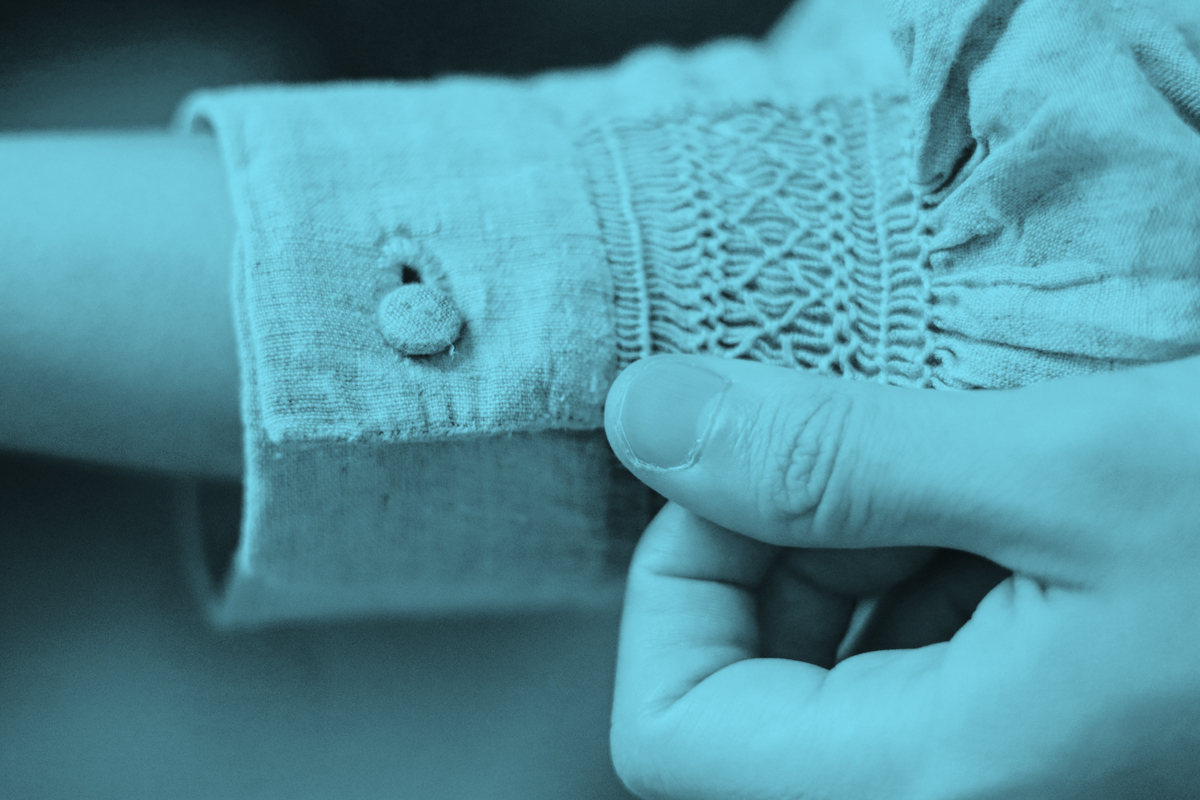
Written by: Kit Chan
Photo: Kit Chan & Beely Daily
Translated by: Venus Purnama
Slip into this loosely-fitted top, feeling relaxed, as you take your steps in a breeze, with a sense of ease and sweetness -- it might be hard to imagine that such a feminine-looking garment was originally designed for macho men -- not to dress up, and hardly related with beauty, but as coarse work shirts for laborers.
Known as a smock, it is a type of clothing made up of smocking stitches, a technique originated from the United Kingdom between 13th and 14th century before elastics were invented, eventually adopted by tailors in Europe and America.
In short, smocking is to gather lightweight fabric into pleats, generally applied around the chest, back, sleeves and collar for greater flexibility; embroidery is then stitched on to hold the pleats together, instead of sewing on buttons that might fall off easily.
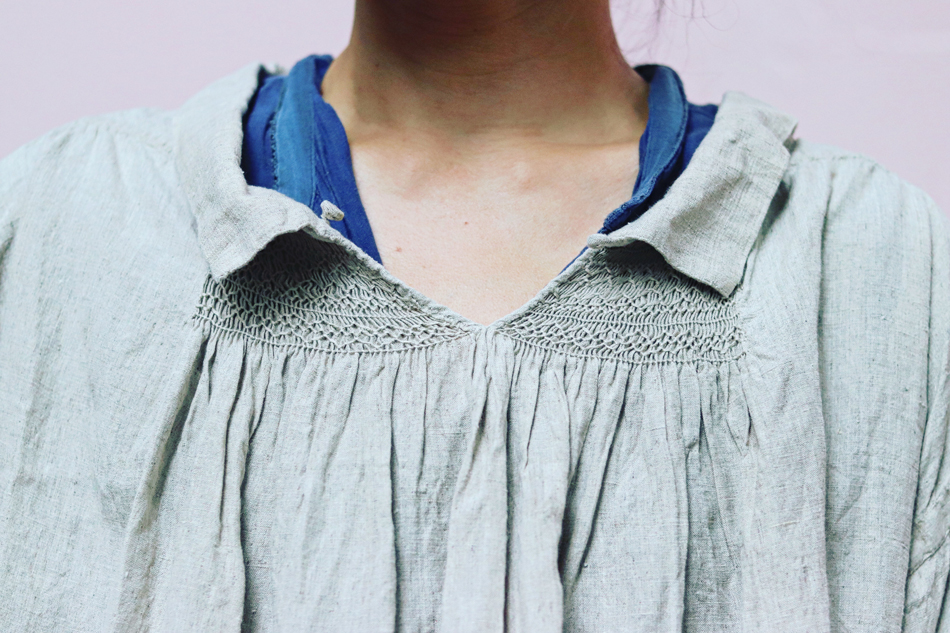
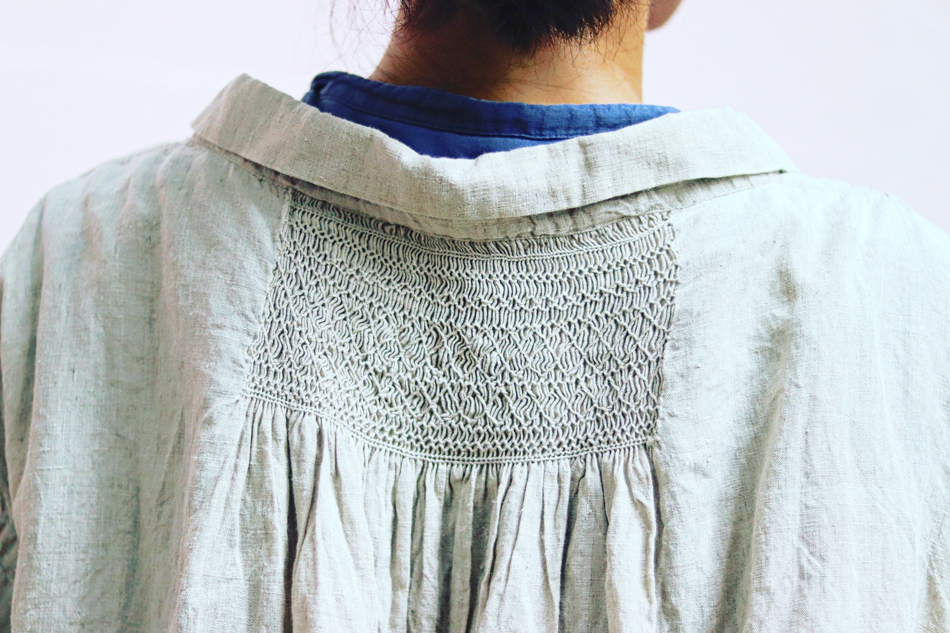

Studies found that such embroidery also served as decoration, and sometimes reflected the identity and social status of the wearer; for example, sheperd smocks were embroidered with crooks and sheep, while grave diggers were represented by crosses.
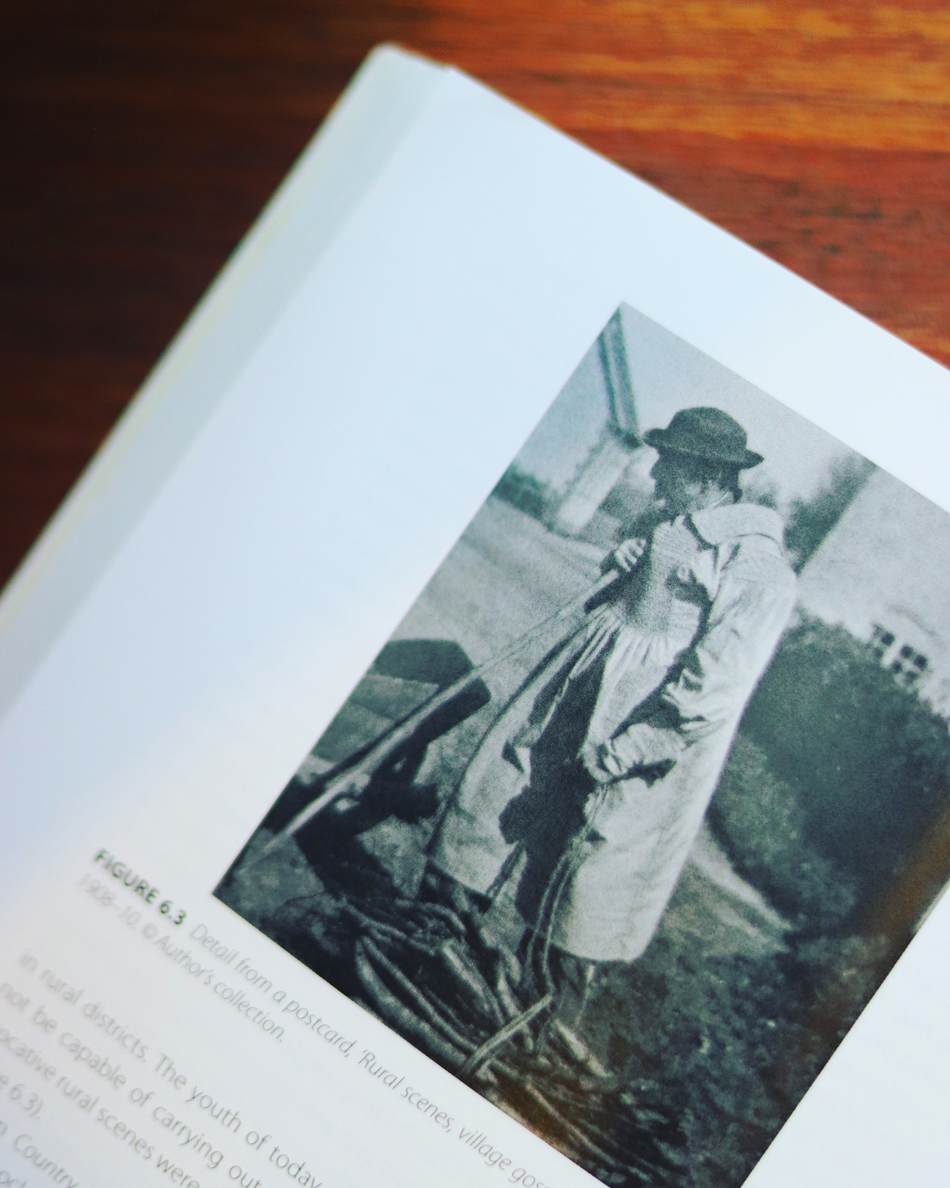
Smocks were commonly worn by the working class, such as farmers and fishermen, as well as prisoners who had to perform penal labor. They were purely functional at the time, keeping laborers dirt-free, waterproofed and warm, while allowing them to stretch their limbs freely while working.
Then came the Industrial Revolution, when better workwear replaced handmade smocks that were deemed "out of date" and too loose for operators of dangerous machinery.
Fortunately the craft of smocking did not die out, as it evolved into a unique art form and design style, passing on to generations through retro fashion that women love, and widely used on toddler and baby clothes.
As one would expect, the key of smocking is patience -- to make the painstaking effort of stitching by hand, to the point of no return -- a "back to basic" challenge even for the most skilful tailor.
The latest duo who took up the challenge are Grace and Ho from Beely Daily, a fashion brand that focuses on everyday wear. Grace and Ho regard smocking as a sketch, and took it seriously from the very beginning. They decided to go back in time, to sew smocks in the simplest, old fashioned way, handmade with no modern tools, but a vintage pleater from the 1950s.
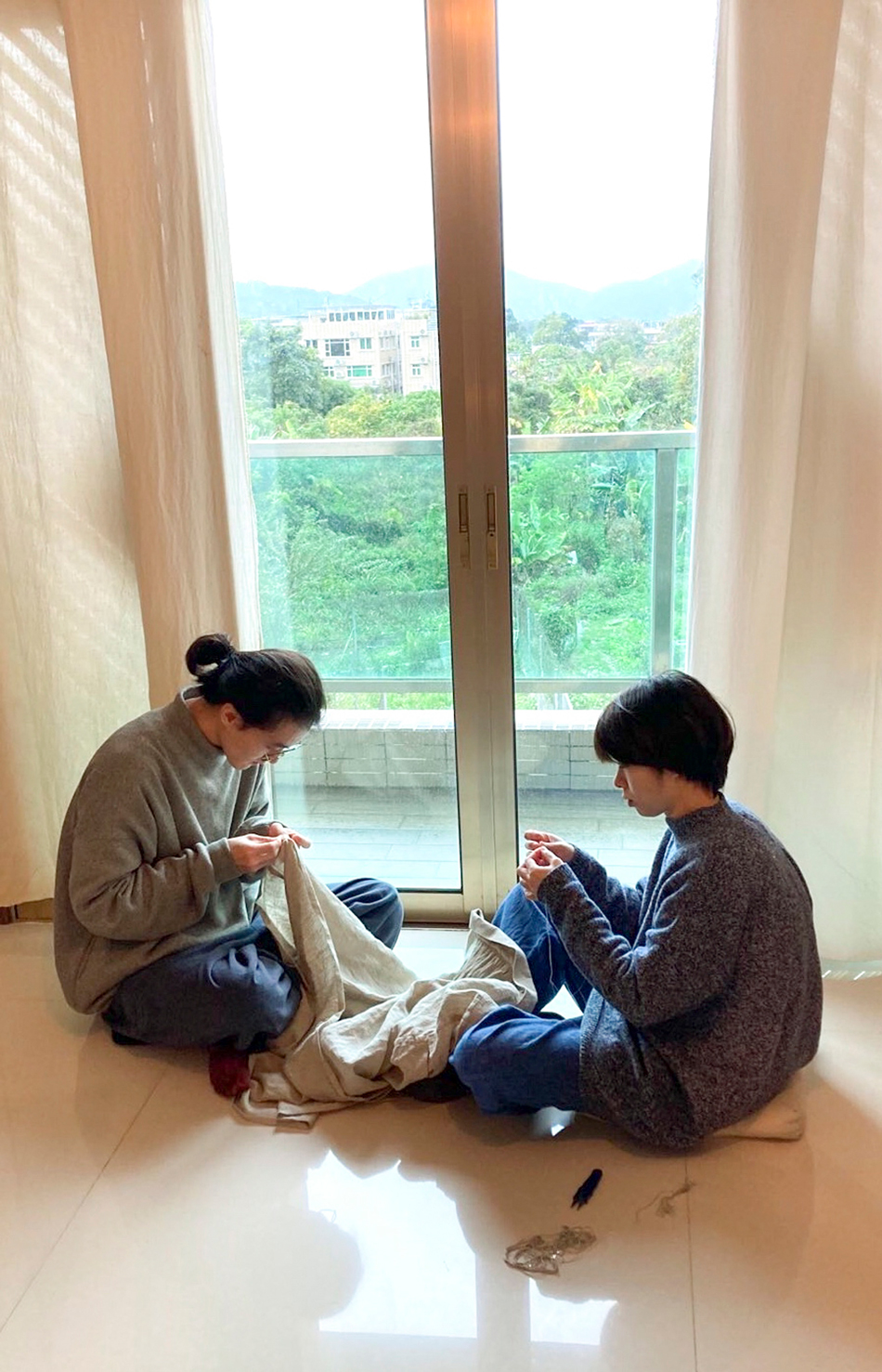
Grace and Ho from Beely Daily.
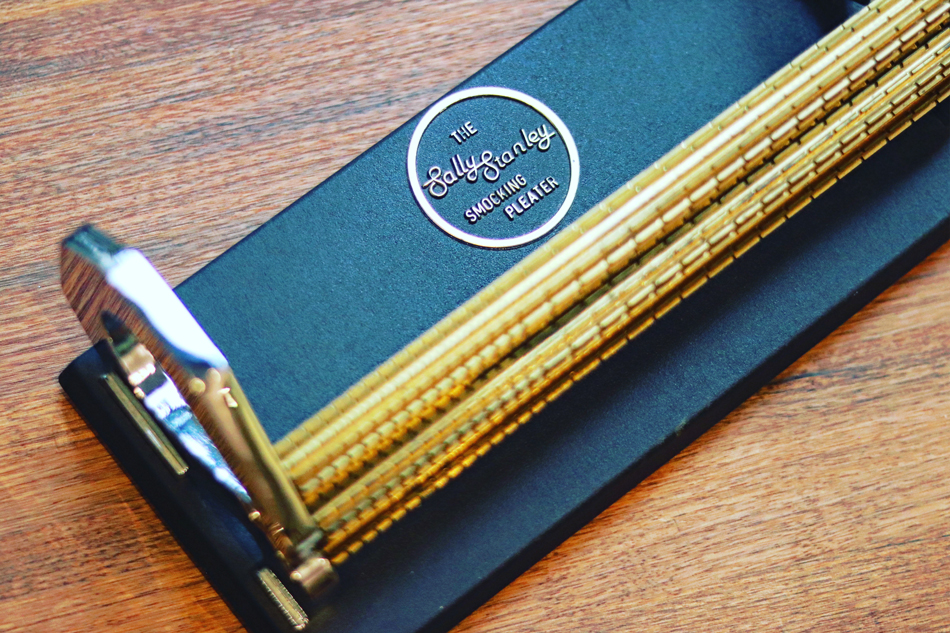
Pleater
"Smocking does not require much technique or experience, the only factor to consider is whether you want to do it or not." For Ho, smocking is very much like marathon running, "Everyone knows how to walk, and you could have walked all the way to the finishing line. However, as a runner, you would want to give it all and do your best to complete the race."
Smock-making is not rocket science: sew up some rectangular and square fabric together to make a dress, add in triangular patches to create the three dimensional structure and grade; then pleat the at the right positions, before stitching it together with embroidery.
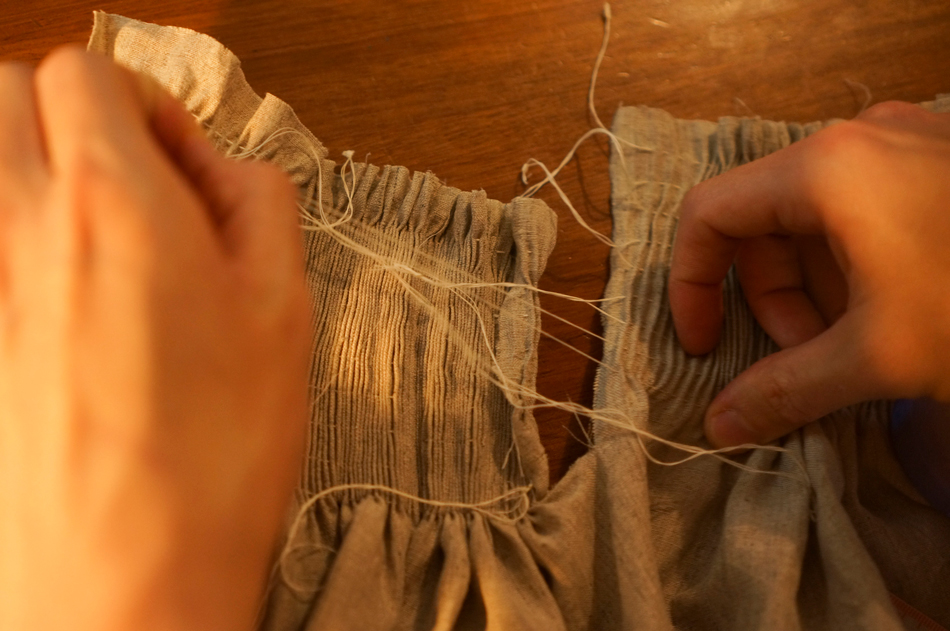
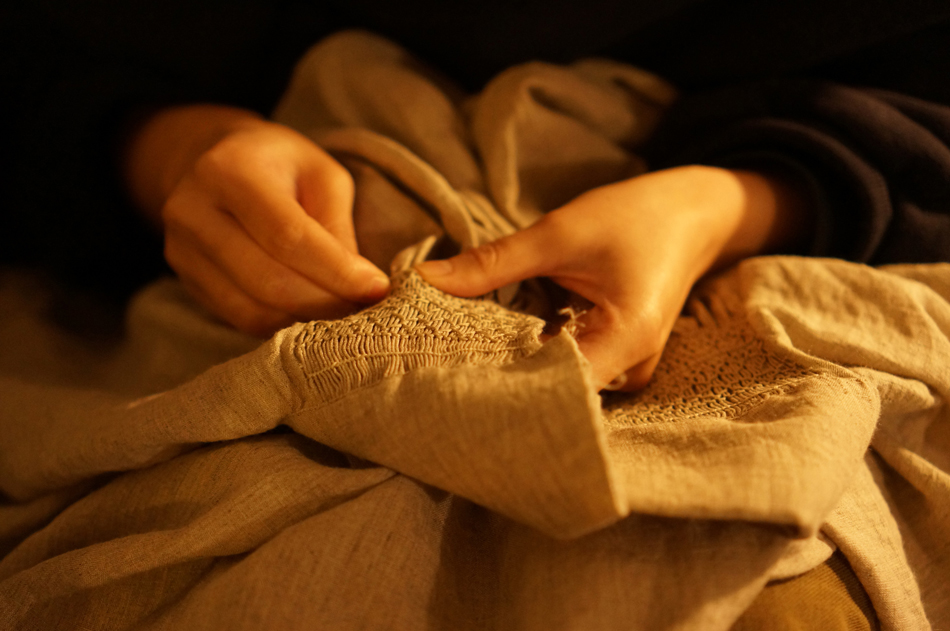
The real pain comes from the the time-consuming process, such as pulling out fine thread around the fabric that needs to be cut out for pleating; sewing rows of running stitches by hand, making sure that they are smooth on both sides, or they would have no choice but to do it all over again. Such eyestraining work takes as long as 100 hours and at least 10,000 stitches, just to complete one piece of smock.
Smock-making is hardly profitable for the duo of Beely Daily , at least not for now; but they had fun and were inspired on using fabric wiser. In the old days when resources were scarce, the texture of the fabric and the design were more important than the dress. Ho explained, "Old tailors would cut out clothing patterns with utmost care, using up the whole piece of fabric without leaving too many scraps; they would rather change the dress to use up the fabric, instead of the other way round." Ho explained.

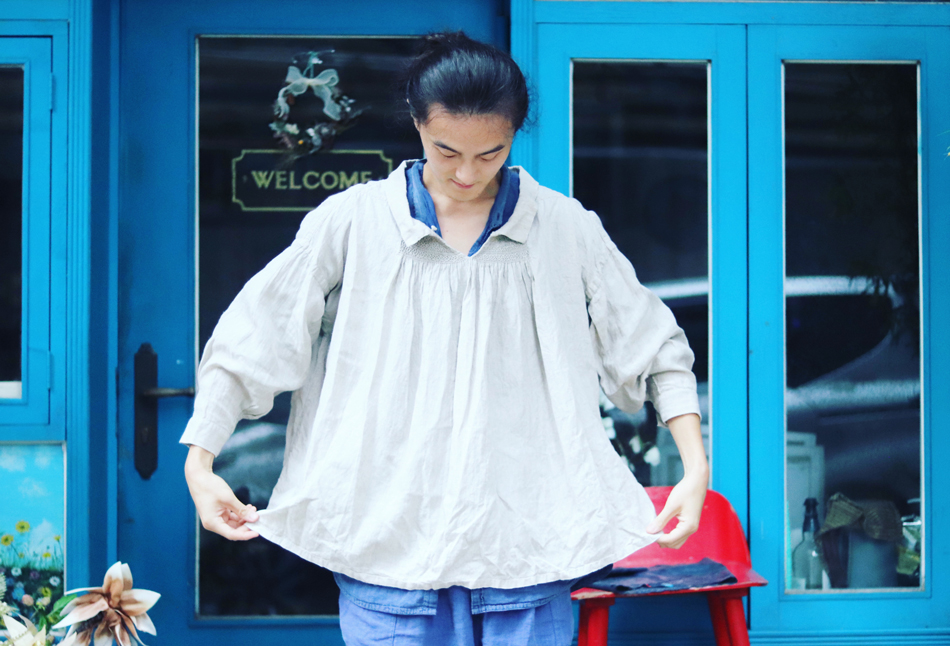
In fact, the art of smocking was a resource saving act: In order to maximise the use of the fabric, pleating was introduced to make elastic, flexible free-size clothes for all.
From work shirt for men, to being the "must have dress" for girls, the interesting evolution of smock led Beely Daily to rethink the principles of fashion design: if clothes are clothes, and had no gender difference, could we start making gender-neutral clothes from now on, to help reduce heaps of fashion garbage?
Making slow fashion like this would hardly pass the modern social standards of cost effeciency, manufacturers might even call it a total waste of time; yet time is not always countable, it could also be a personal feeling, impossible to measure.
"We didn't think of the time we spent on smocking, so we had no idea if we were doing it slowly or quickly." As Grace put it, "Say we used 100 hours to complete the task, as long as we enjoyed the process, we wouldn't feel dragged at all." Making the smock together also helped, with one working on the collar while the other sewed the hem, turning a chore into fun, without feeling alone.
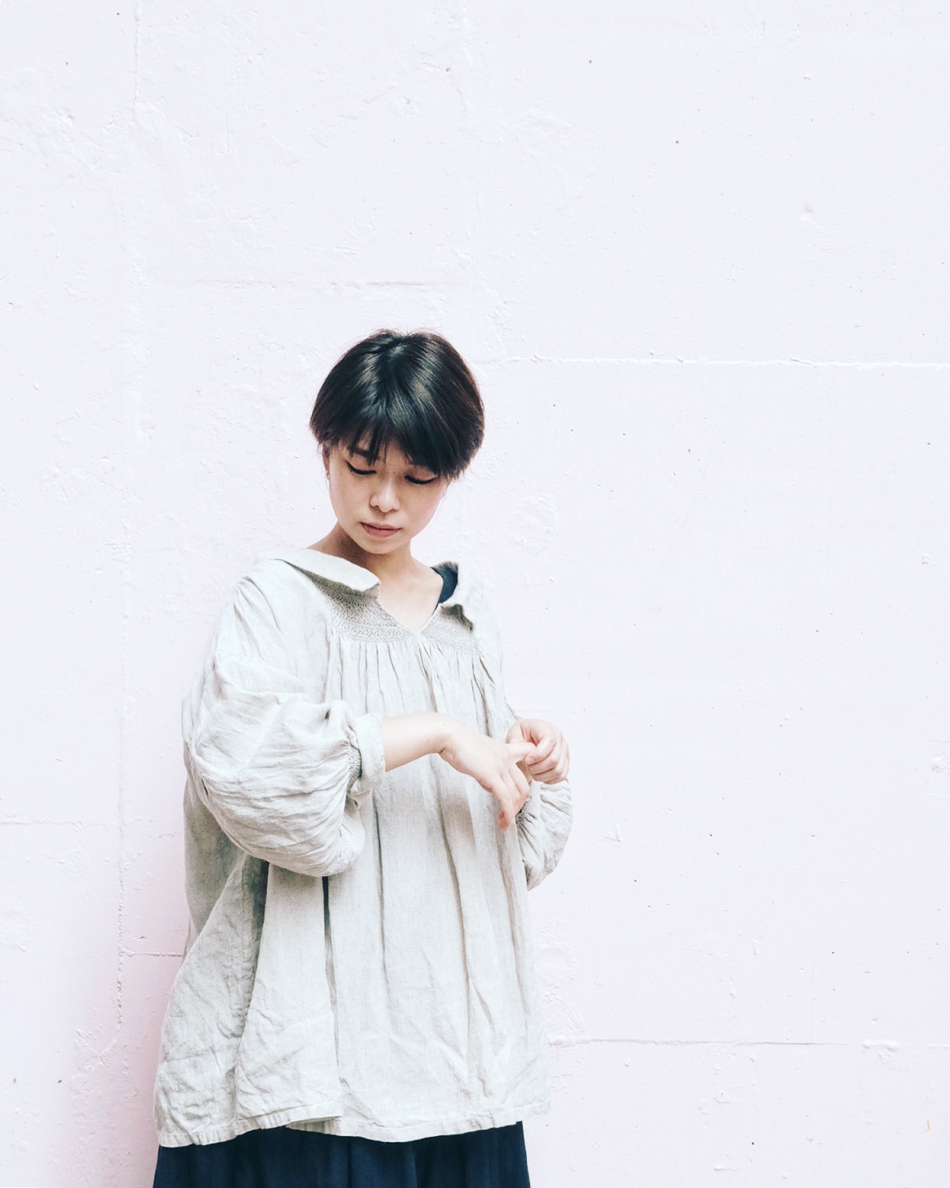
With a strong belief that crafting is the best way to boost happiness, the duration of the process probably didn't matter that much.
As quoted from Beely Daily's social media, "If the makers are happy, and made something good, the user would be happy too. At the worst of times, this is already good enough. Feeling easy is not that easy."
Taking things easy could be easy, if we have a change of heart.


